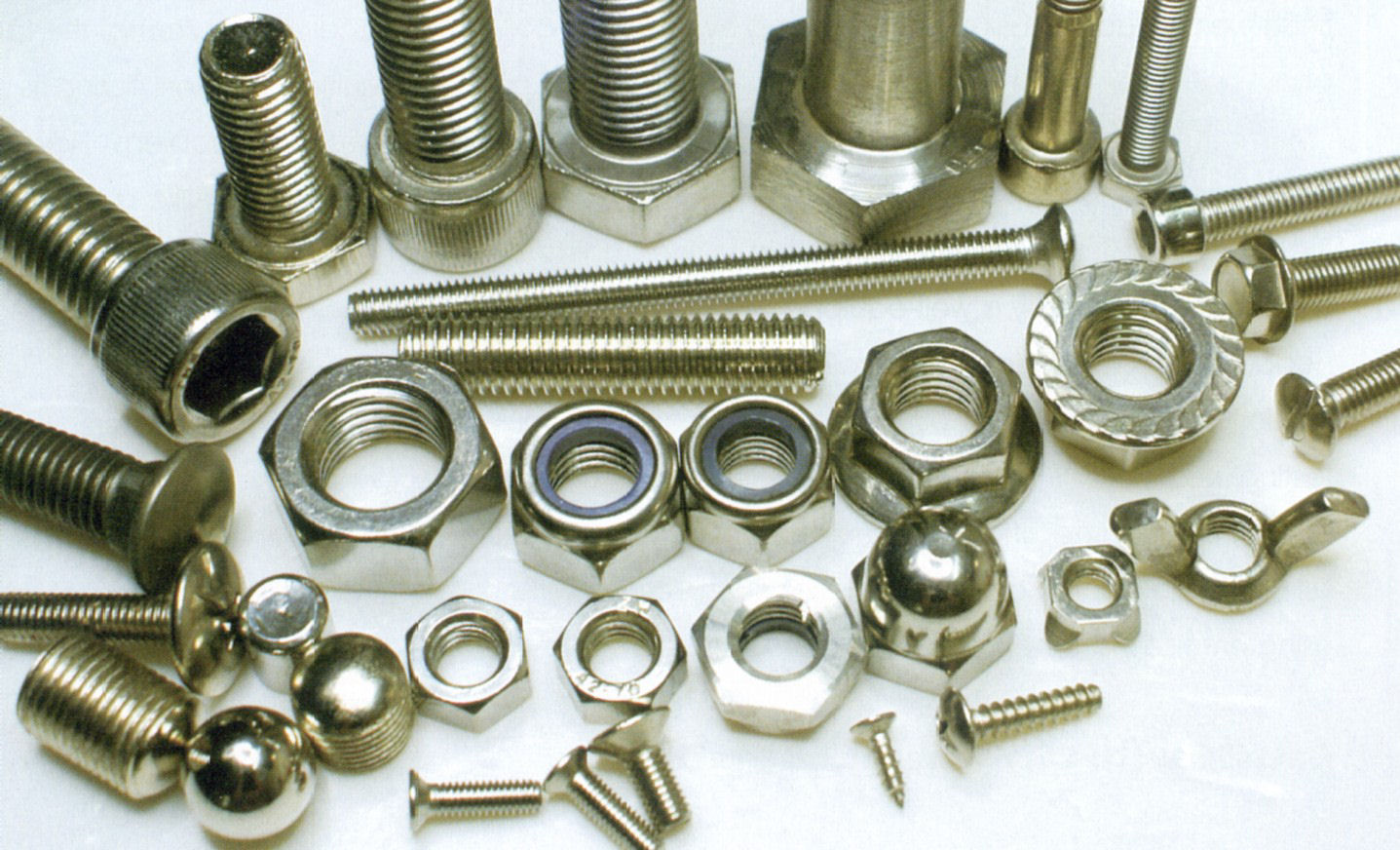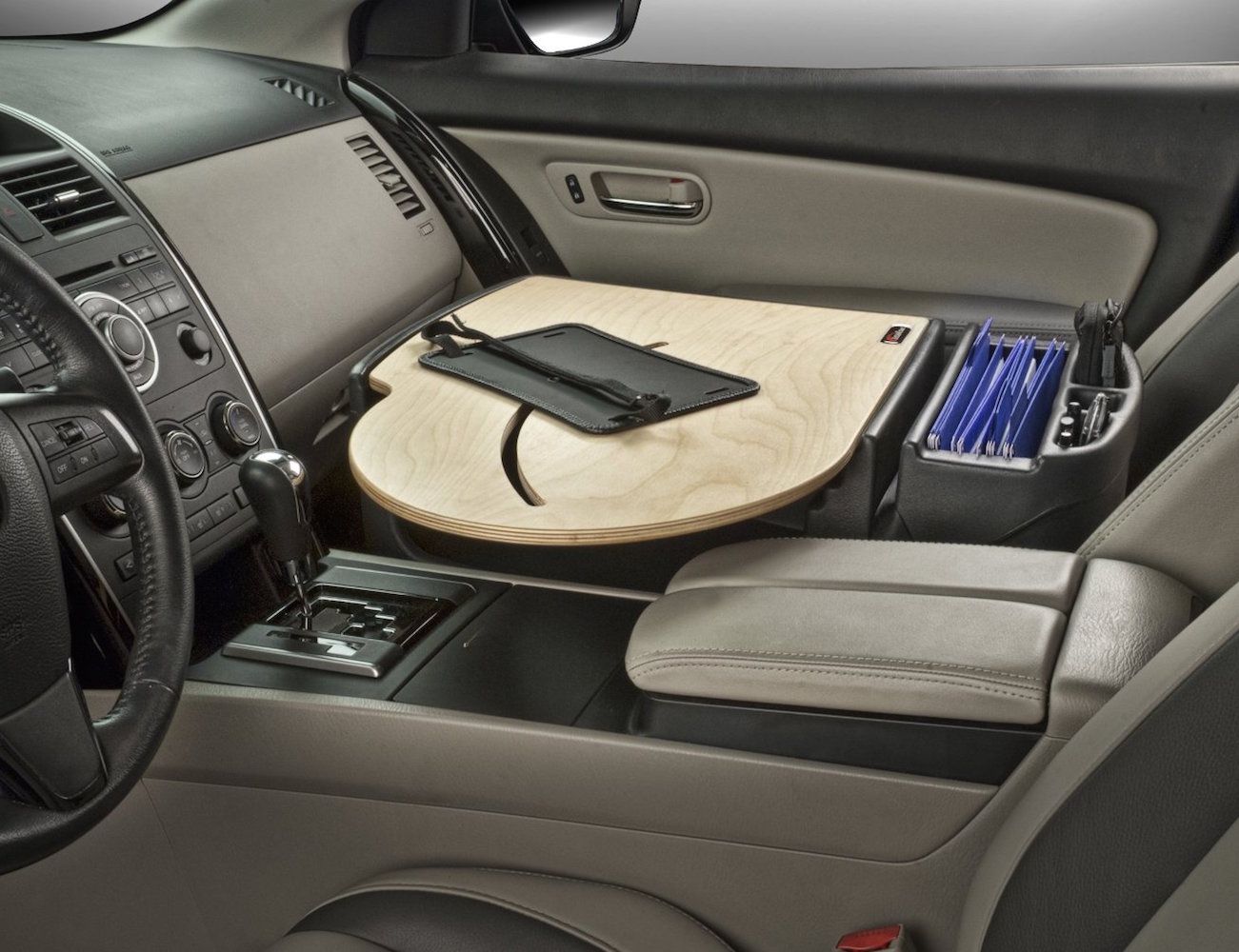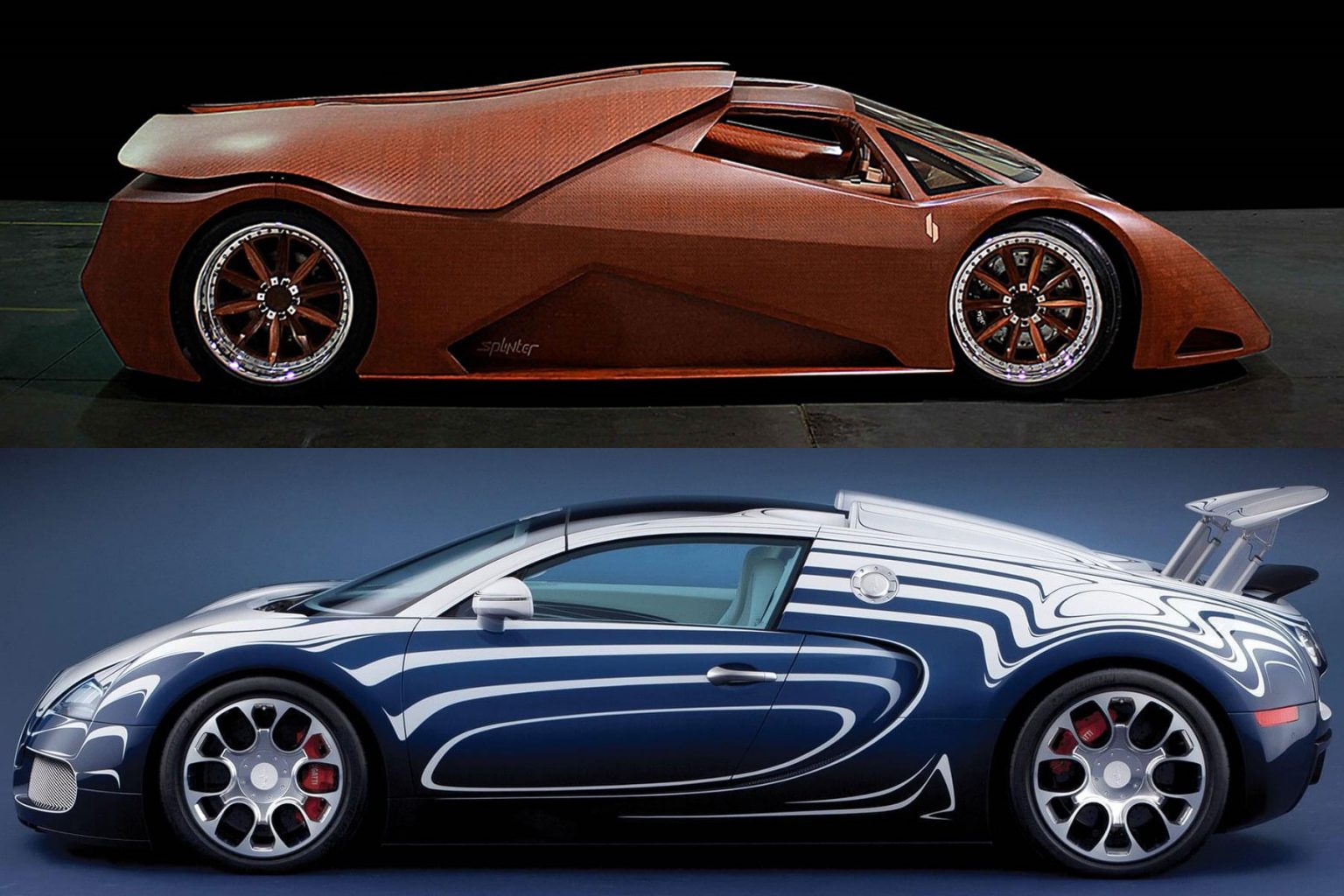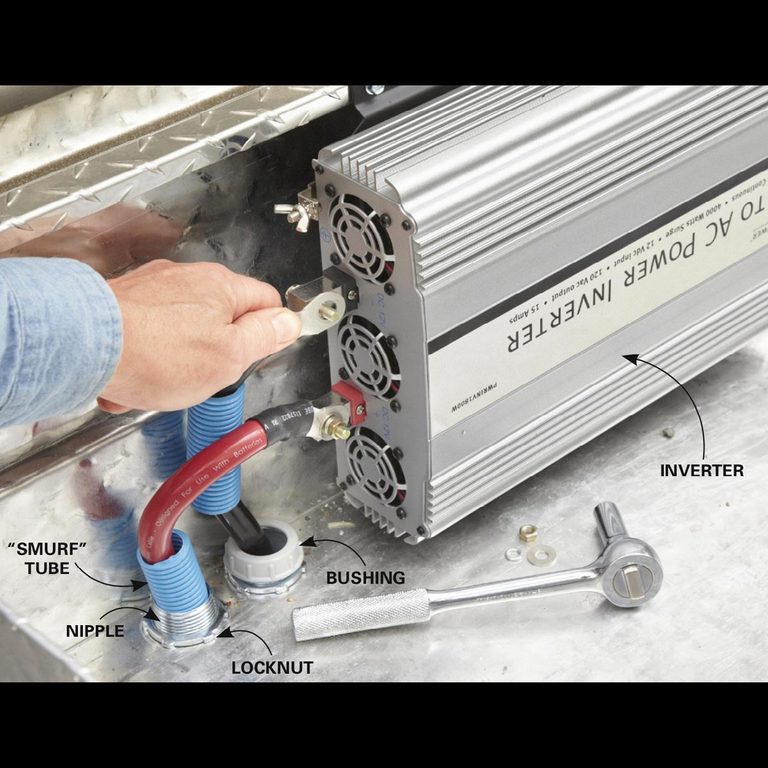It’s not just nuts, bolts, and welds that keep car parts connected. You may be surprised to learn that a variety of adhesives are also used. During a recent repair, I found that the outer door skin of a vehicle was attached to the door frame with an adhesive, rather than traditional hardware. Using a “hot knife” to release the adhesive and reattach the skin, I realized that vehicle manufacturers are using more adhesives than ever before. At the same time, conventional hardware has also improved and evolved. This article provides a better understanding of how modern automobiles are held together.

Traditional fasteners like lock washers, cotter pins, and loose flat washers are no longer commonly used in today’s vehicles. Instead, the following modern fasteners are now used:
Torque-to-yield (TTY) bolts.These specialty bolts replace standard cylinder head bolts and stretch during installation, making them one-time use bolts. TTY bolts are found on aluminum cylinder heads that expand and contract faster than the cast iron blocks they’re bolted to, maintaining their clamping load and resisting shear stress.
Prevailing torque fasteners (PTF).PTFs have replaced lock washers and cotter pins, and the taper on one side of the nut distorts the threads, generating friction that “locks” the bolt and nut threads together.
Hollow fasteners.To lower the vehicle’s weight, hollow fasteners are used to secure plastic and composite components. These course threaded screws are coated with a dry lubricant that allows precise installation with torque drivers.
Flange nuts and bolts.Flange nuts and bolts have a built-in flat washer or “flange” that spreads the clamping load over a wider area, eliminating the need for flat washers.
Flange bottoms with bearing-like surfaces are designed to reduce friction, ensuring accurate torque and a durable connection that can withstand vibrations.
Adhesives (More Than Just Glue).According to the Center for Automotive Research, in 2001, cars used approximately 30 linear feet of adhesives. Today, this figure has increased to over 400 linear feet, a 1,200% increase. Adhesives can form incredibly strong bonds that keep parts and components from vibrating or rattling loose.
Adhesives are used because modern vehicles contain more lightweight plastic and composite parts than ever before. Attaching them with mechanical fasteners is not practical because adhesives are lighter than metal fasteners and improve the vehicle’s structural integrity by covering the full surface area. Bolts, spot welds, or rivets must be spaced every two inches, resulting in uneven stress points.
Structural adhesives are used during the “body-in-white” assembly process (before it’s painted or joined to the chassis) instead of traditional welds. According to SAE International, this method increases body rigidity, ride comfort, and passenger safety.
The use of adhesives reduces the likelihood of corrosion from nut and bolt holes and spot welds, as well as oxidation when fastening unlike materials, such as steel to aluminum. Adhesives also offer tremendous resistance to shear stress, which is critical for components operating in high-temperature environments, such as drivetrain gaskets and brake pads.
Adhesives are widely used in electric vehicle (EV) battery construction because they protect individual cells from vibration, seal out the elements, and offer excellent heat conductivity.
Adhesives are used in several high-stress areas of a vehicle, including:
Hot melt plasticizers and electrically isolating adhesive tapes for bonding individual chassis components or attaching an EV’s composite battery tray
Silicone for high-impact airbags and form-in-place drivetrain gaskets, protecting sensitive electronics from vibration, dust, and moisture
Polyethylene and other injected molded plastic polymers for securing trim, wire harnesses, tubing, hoses, and glass in clips, retainers, and rivets, as well as in bumper covers and inserts that provide impact protection during a collision
Nylon- and fiberglass-reinforced polymer composites, which are fabricated into retaining brackets securing the engine and drivetrain
Flexible non-hardening butyl adhesives for weather-tight seals between plastics, such as the heater core housing and airflow duct system components
Liquid and structural adhesives made from the same ingredients as super glue for bonding metal fenders and quarter-panels to composite frames
High-strength anaerobic adhesives, which dry in the absence of air, for bonding transmission gears to shafts and bearings into housings
Anti-vibration foams and films made from polyethylene, vinyl, or acrylic that conform to irregular shapes and fill gaps for sound dampening and stiffening hollow vehicle frames and chassis to absorb road shocks, as well as seal and cushion electronic components and connectors under the hood
Various varnished plastics and pressure adhesives for emission, data, safety, and information labels/stickers that must last the vehicle’s lifetime without peeling or fading.











